Table of Contents
ToggleIntroduction
Welcome to the beginner’s guide to JavaScript variables and constants. As some of the most fundamental concepts in programming, variables and constants are essential building blocks for any JavaScript application. Understanding how to use them effectively is key to developing efficient, maintainable code.
In this blog post, we’ll take a deep dive into the world of JavaScript variables and constants, explore their differences, uses, and best practices, and provide 13 simple examples to help you master these concepts. Whether you’re new to programming or an experienced developer looking to expand your skills, this guide is the perfect starting point for understanding variables and constants in JavaScript.
What Are JavaScript Variables and Constants?
Variables and constants are fundamental concepts in programming and are widely used in JavaScript.
- A variable is a container that holds a value, which can be changed or modified during the execution of a program.
- A constant is a container that holds a value, but once assigned, the value cannot be changed during the program execution.
Declaring Variables and Constants
JavaScript provides three keywords to declare variables: var, let, and const. For a detailed guide, see JavaScript Variables Guide. The most common modern practice is to use let for mutable variables.
Variables
In this example, a variable named age is declared and then assigned the value 28.
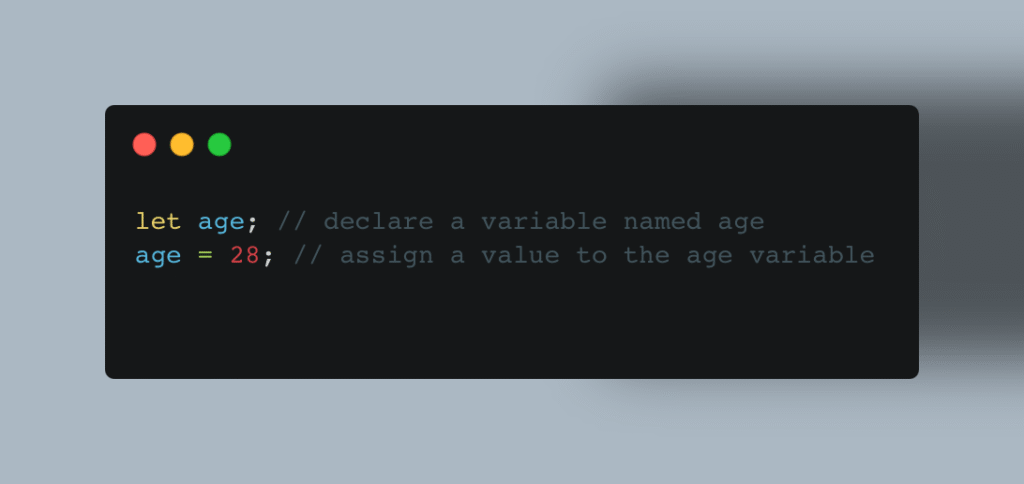
You can re-assign age later without causing an error:
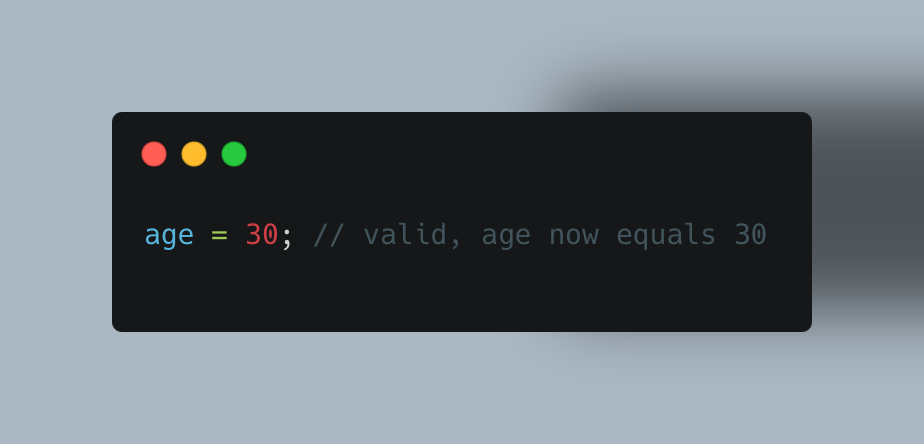
Constants
Constants are declared using the const keyword. Once assigned, the value cannot be changed.
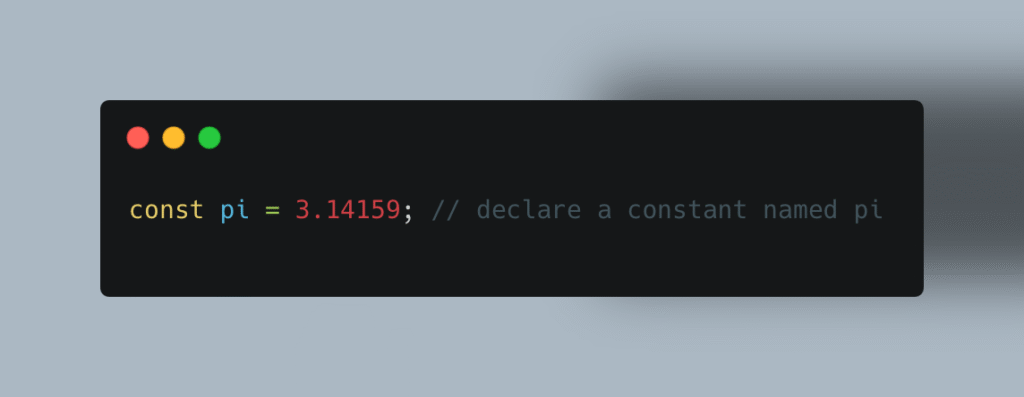
Attempting to reassign a constant will throw an error:
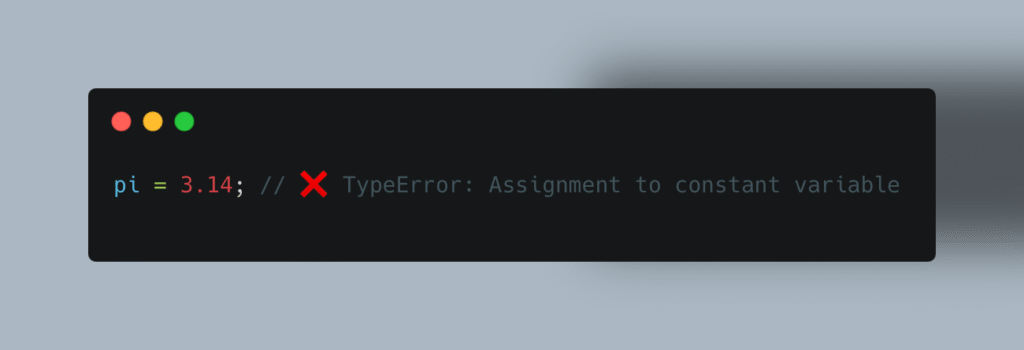
Why Are Variables and Constants Important?
Variables and constants are important in programming for several reasons:
- Store and manipulate data: Without variables or constants, programs would have no way to hold or track values.
- Enable flexibility: Variables allow programs to adapt to user input or changing conditions.
- Improve readability and maintainability: Using meaningful names for variables and constants makes code easier to understand and modify.
- Interact with external systems: They enable programs to read from and write to databases, APIs, or files.
In short, JavaScript variables and constants are essential tools for building dynamic and powerful programs.
Declaring and Initializing Variables and Constants
Variables
Here, age is declared and immediately initialized with a value of 27.
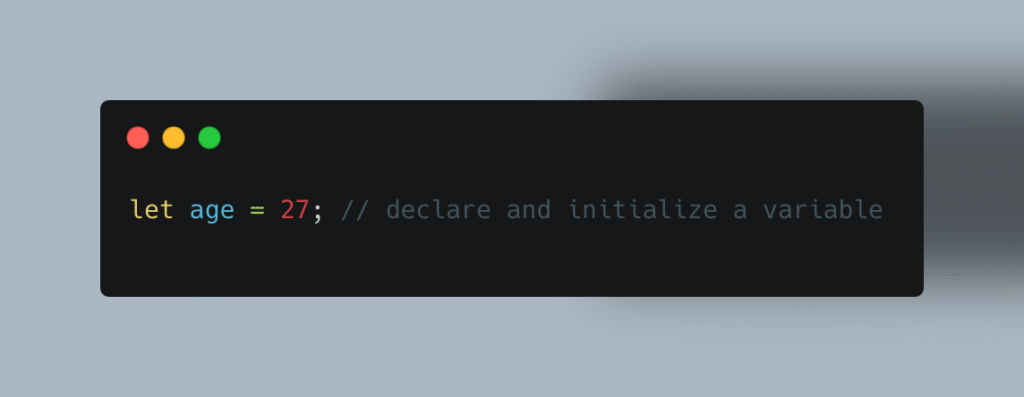
Constants
message is a constant that cannot be reassigned after initialization.

Understanding Type Inference and Type Annotation
JavaScript and Dynamic Typing
JavaScript is dynamically typed. This means the type of a variable is determined automatically based on the value assigned. Variables can even change type at runtime:
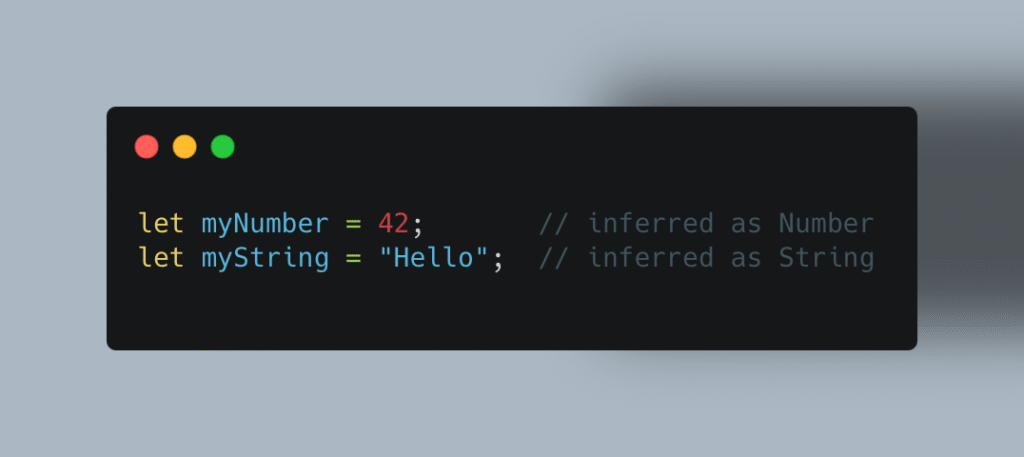
Variables can even change type at runtime:
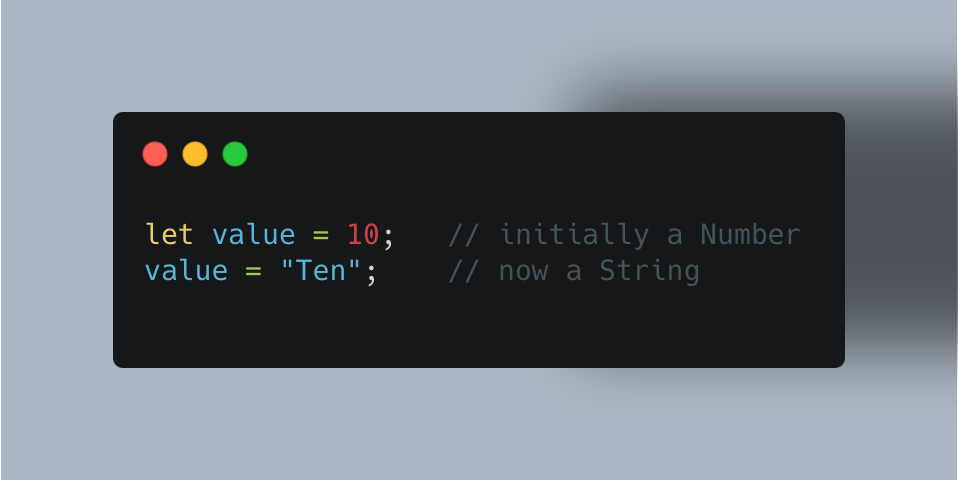
Note: This flexibility is powerful but requires careful handling to avoid type-related bugs.
Type Annotation in JavaScript (via TypeScript)
While plain JavaScript doesn’t have explicit type annotations, TypeScript allows them for clarity and to prevent type errors.
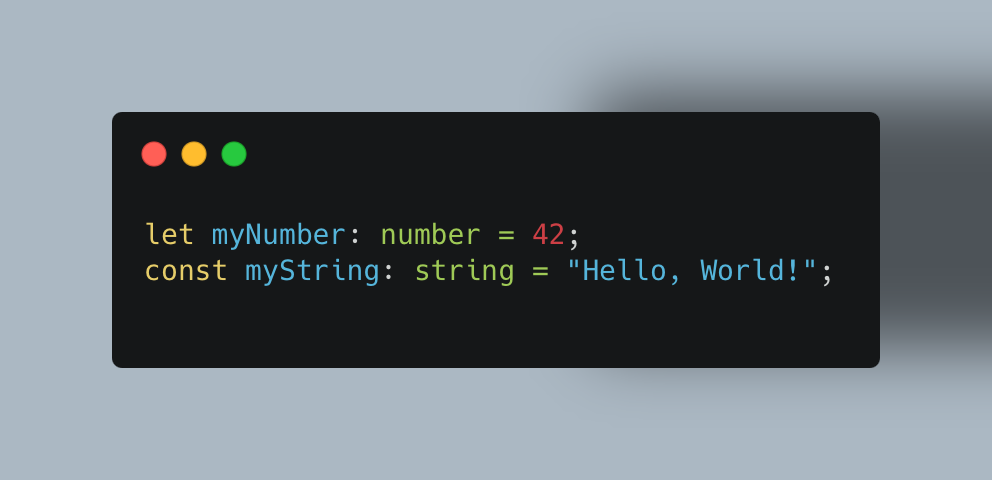
Naming Conventions for JavaScript Variables and Constants
Proper naming conventions make your code readable and maintainable:
- Use descriptive names:
firstName,lastName,phoneNumber - Use camelCase for variables and functions:
userScore,myVariable - Use UPPERCASE for constants:
MAX_LENGTH,DEFAULT_COLOR - Avoid spaces, special characters, or starting names with numbers
Mutability: Variables vs Constants
- Variables (
let): Mutable; values can change over time. - Constants (
const): Immutable; values cannot change after assignment.
Guidelines
- Use
letfor values that change, like scores or counters. - Use
constfor fixed values, like configuration settings or mathematical constants.
Using const wherever possible improves readability, reduces bugs, and enables JavaScript engines to optimize your code.
Common Data Types in JavaScript
JavaScript variables and constants can hold different data types:
- Number: Integers and floating-point numbers:
42,3.14 - String: Text values:
"Hello, World!" - Boolean: True or false:
true,false - Null: Represents the intentional absence of any value:
null - Undefined: Represents a variable declared but not initialized
- Object: Collection of key-value pairs:
{ name: "John", age: 30 } - Array: Ordered list of values:
[1, 2, 3]
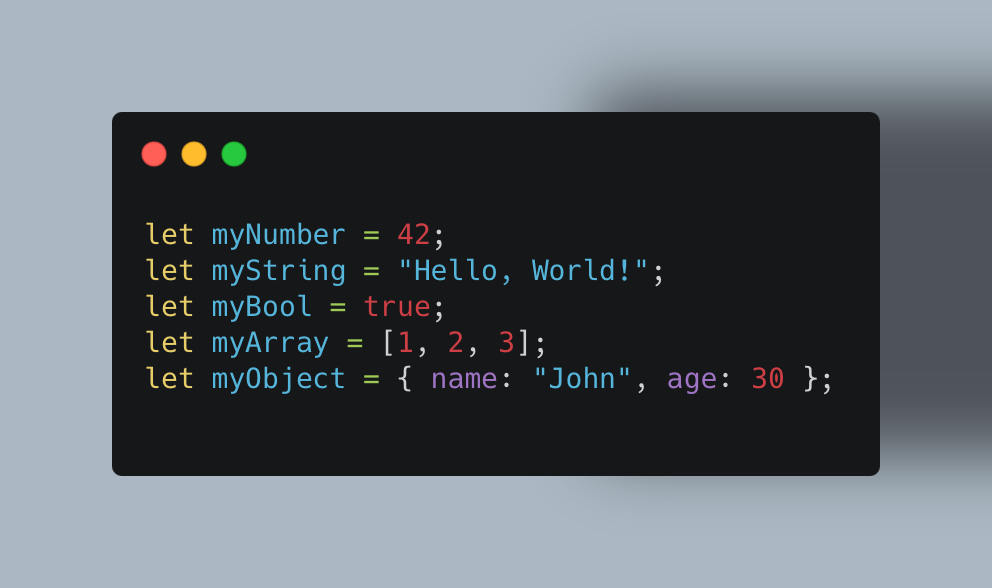
Literal Values in JavaScript
Literal values represent data directly in code:
- String literals:
"Hello" - Number literals:
42 - Boolean literals:
true,false - Array literals:
[1, 2, 3] - Object literals:
{ key: "value" } - Null literal:
null
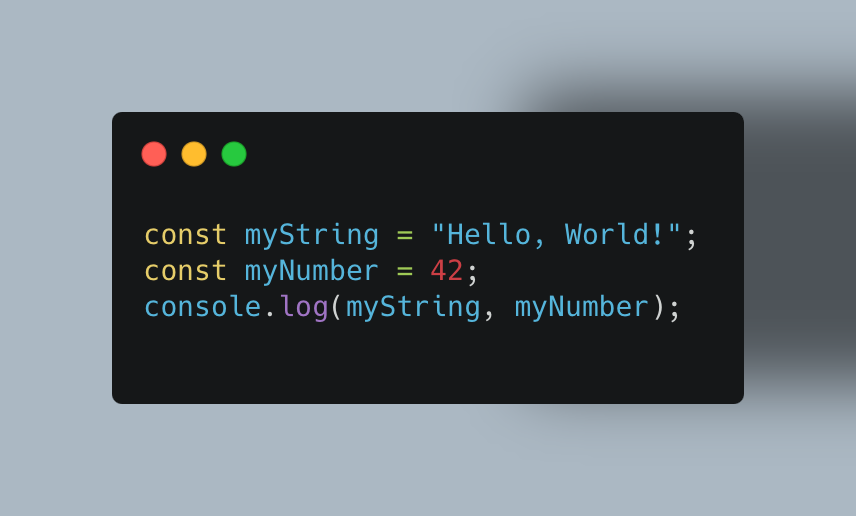
Scope in JavaScript
Scope determines where a variable or constant can be accessed:
- Global scope: Accessible throughout the program.
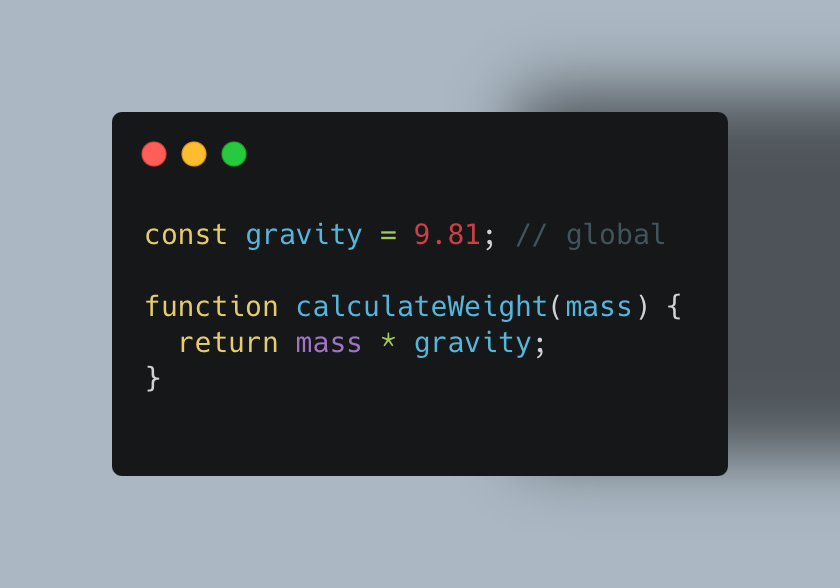
Local scope: Accessible only inside a function or block.

Modern JavaScript encourages block scope with let and const instead of var.
Best Practices for JavaScript Variables and Constants
- Prefer
constby default; useletonly when necessary. - Use descriptive, meaningful variable names.
- Avoid global variables whenever possible.
- Initialize variables when declaring them.
- Use type annotations if using TypeScript for clarity.
These practices help keep your code clean, readable, and maintainable.
Conclusion
Congratulations! You now have a solid understanding of variables and constants in JavaScript, including declaration, initialization, mutability, data types, literals, scope, and best practices. Mastery of these fundamentals is crucial for writing efficient and maintainable JavaScript code.
To continue your learning journey, explore our guide on JavaScript Data Types Made Easy: 5 Examples For Beginners. This article builds upon the concepts of variables and constants, delving into the core data types you’ll work with daily.
With consistent practice and application, you’ll soon be able to write powerful, dynamic programs in JavaScript.
Happy coding!


